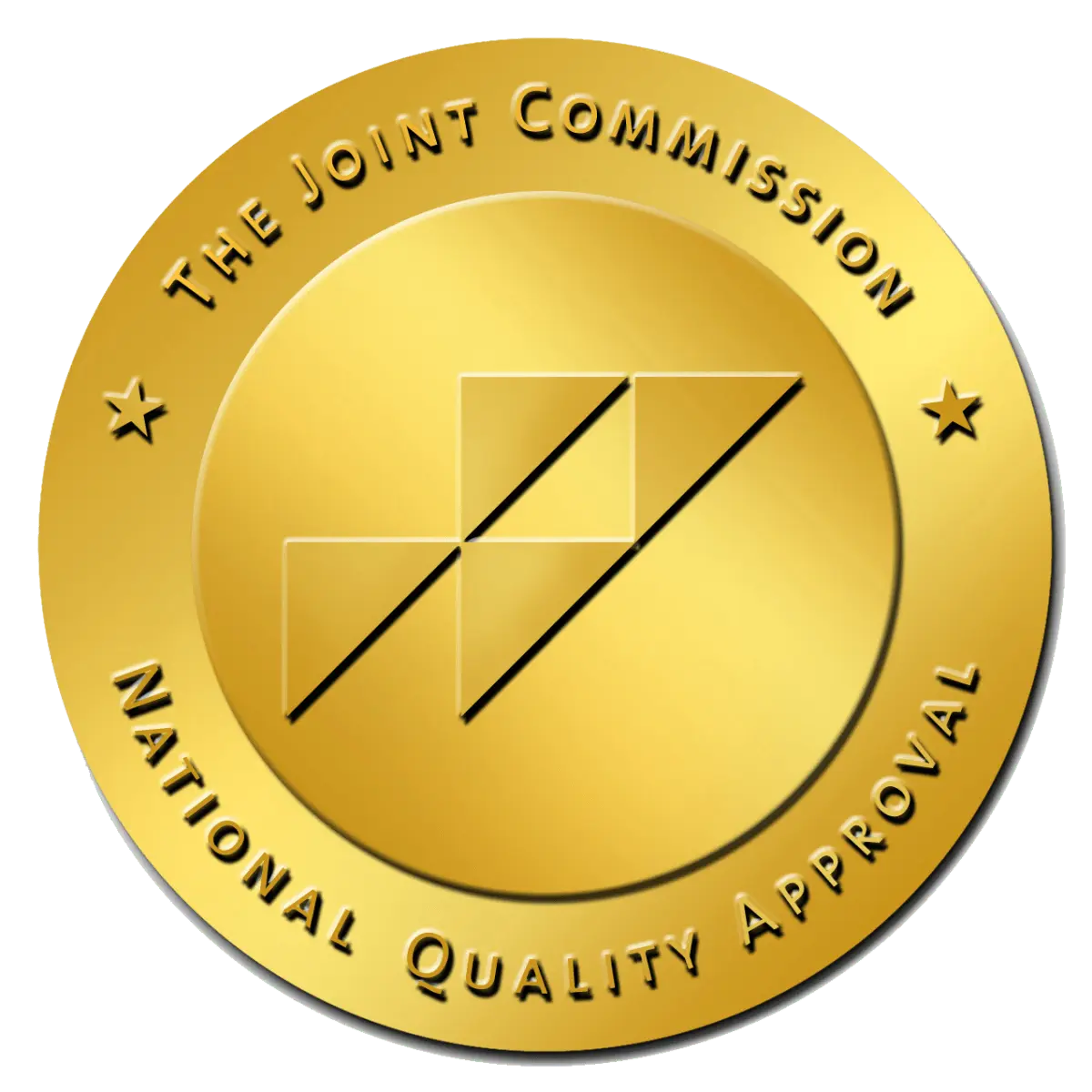Xylazine, often known as “tranq,” is a non-opioid tranquilizer primarily used in veterinary medicine for large animals. However, its illicit use among humans has surged, particularly in combination with opioids like fentanyl. This combination, commonly referred to as “tranq dope,” has devastating effects, including severe skin ulcers known as xylazine sores. According to the Centers for Disease Control and Prevention (CDC), xylazine was detected in 26% of fentanyl overdose deaths in some regions of the United States. Understanding how to identify and treat these sores is crucial for those affected and their caregivers.
Xylazine sores are necrotic skin ulcers that can appear at the injection site or on other parts of the body. These sores are painful, slow to heal, and can lead to severe infections if not treated properly. Recognizing xylazine sores early is vital; they often start as small, red bumps and can develop into large, open wounds with necrotic tissue. Effective treatment includes proper wound care, antibiotics for infections, and pain management, alongside addressing the underlying substance use disorder through comprehensive care programs like those offered at Villa Oasis. Their holistic approach ensures patients receive personalized treatment plans, combining medical and therapeutic support to promote recovery and overall well-being.
What Are Xylazine Sores?
Xylazine sores are severe necrotic skin ulcers associated with the use of xylazine, a tranquilizer increasingly found in the illicit drug supply. These ulcers can form not only at the injection site but also on other parts of the body, which makes diagnosis and treatment more challenging. The development of xylazine sores is distinct from typical abscesses seen in intravenous drug use because they can appear even in areas where no injection occurred. These sores are characterized by their painful nature, slow healing process, and high risk of leading to severe infections if not properly treated. Due to the vasoconstrictive properties of xylazine, blood flow to the affected areas is significantly reduced, leading to tissue death and ulceration. Early identification and appropriate medical intervention are crucial to managing these sores and preventing further complications.
Identifying Xylazine Sores
Recognizing xylazine sores early is crucial to prevent severe complications and promote effective treatment. Here are the key characteristics to help identify these sores:
- Appearance: Xylazine sores often begin as small, red bumps resembling insect bites or minor skin irritation. Over time, these bumps can develop into large, open wounds with necrotic (dead) tissue at the center.
- Location: While xylazine sores commonly appear at injection sites, they can also develop on other parts of the body, such as the legs, arms, and torso. This widespread occurrence complicates diagnosis and treatment.
- Pain and Discomfort: These sores are typically very painful and can cause significant discomfort, severely impacting the individual’s ability to perform daily activities. The pain often persists and intensifies as the sore worsens.
- Infection Signs: Infected xylazine sores may exhibit signs such as increased redness, warmth, swelling, pus discharge, and a foul odor. Systemic symptoms like fever and chills indicate a severe infection requiring immediate medical attention. If left untreated, these infections can lead to serious health issues, including sepsis.
Early identification and intervention are essential in managing xylazine sores effectively. If you or someone you know is experiencing symptoms of xylazine sores, seeking medical help promptly can prevent further complications and promote recovery.
Causes of Xylazine Sores
Xylazine sores are caused by a combination of factors that compromise skin integrity and healing:
- Vasoconstriction: Xylazine induces significant vasoconstriction, which constricts blood vessels and reduces blood flow to the injected area and surrounding tissues. This diminished blood supply leads to tissue death and ulceration.
- Impaired Healing: Chronic use of xylazine impairs the body’s natural healing processes. The drug’s impact on the immune system and blood flow makes it challenging for the body to repair damaged tissues, leading to persistent and worsening sores.
- Secondary Infections: Open wounds from xylazine use are highly susceptible to bacterial infections. The compromised skin barrier allows bacteria to enter, which can exacerbate the severity of the sores. Infected xylazine sores are more difficult to treat and can lead to severe health complications, including systemic infections. Research indicates that xylazine users with skin ulcers develop secondary bacterial infections, further complicating their condition.
Understanding these causes highlights the importance of early intervention and comprehensive medical care for individuals affected by xylazine sores. Addressing the underlying issues related to vasoconstriction, impaired healing, and secondary infections is essential for effective treatment and recovery.
Treating Xylazine Sores
Effective treatment of xylazine sores requires a comprehensive approach, addressing both the wounds and underlying substance use disorder. Here’s how to manage and treat these sores:
Medical Treatment
Wound Care:
- Cleaning: Proper wound cleaning is essential to prevent infection. Use saline solutions or prescribed antiseptics.
- Debridement: Removing dead tissue (debridement) helps promote healing. This procedure should be done by a healthcare professional.
- Dressings: Applying appropriate dressings keeps the wound moist and protected from external contaminants. Dressings may need to be changed regularly.
- Antibiotics: If an infection is present, a course of antibiotics may be necessary. It is crucial to follow the prescribed antibiotic regimen completely to avoid resistant infections.
- Pain Management: Managing pain effectively improves the individual’s quality of life and encourages adherence to treatment. Over-the-counter pain relievers or prescribed medications may be used.
Substance Use Treatment
Addressing the root cause of xylazine sores involves treating the substance use disorder. Villa Oasis offers comprehensive support through various levels of care:
- Detoxification: Detox programs provide medically supervised withdrawal from xylazine and other substances like fentanyl, ensuring safety and comfort during this critical phase.
- Residential Treatment: Inpatient programs offer a structured environment with 24/7 care, focusing on recovery from substance use and co-occurring mental health issues.
- Outpatient Programs: These programs provide continued support and therapy while allowing individuals to live at home and maintain daily responsibilities.
- Sober Living: Sober living homes offer a supportive, drug-free environment to help individuals transition back into everyday life while maintaining their sobriety.
Preventing Xylazine Sores
Prevention is always better than cure. Here are some preventive measures to reduce the risk of developing xylazine sores:
- Avoid Illicit Drugs: The most effective way to prevent xylazine sores is to avoid using illicit drugs. Seeking help for substance use disorders is crucial.
- Hygiene: Practicing good hygiene and using clean, sterile injection equipment can reduce the risk of developing sores and infections.
- Medical Supervision: Regular check-ups with healthcare providers can help monitor and manage any early signs of sores or other health issues.
Comprehensive Care at Villa Oasis
At Villa Oasis, we understand the complexities of substance use disorders and the severe health consequences like xylazine sores. Our facility offers luxury accommodations and a holistic approach to treatment, ensuring our clients receive the highest level of care and support. Additionally, we are equipped to address concerns related to the misuse of various substances, including educating clients on potential risks such as Lunesta’s long-term side effects.
Personalized Treatment Plans
Every individual’s journey to recovery is unique. We develop personalized treatment plans that address each client’s specific needs, ensuring the best possible outcomes. Our multidisciplinary team of professionals includes doctors, therapists, and support staff dedicated to helping clients achieve lasting recovery.
Holistic Therapies
In addition to traditional medical treatments, Villa Oasis incorporates holistic therapies to support overall well-being. These may include:
- Nutrition and Wellness: Proper nutrition plays a vital role in healing and recovery. We offer nutritional counseling and wellness programs to support our clients’ health.
- Physical Activity: Exercise and physical activity promote healing and improve mental health. Our facility offers various recreational activities and fitness programs.
- Mindfulness and Stress Reduction: Techniques such as meditation, yoga, and mindfulness-based stress reduction help clients manage stress and improve their mental well-being.
Supportive Community
Recovery is a long-term process that requires ongoing support. At Villa Oasis, we foster a supportive community where clients can connect with peers who understand their struggles and share their journey to sobriety.
Xylazine sores are a severe and painful consequence of xylazine and opioid use, requiring prompt and comprehensive treatment. Identifying these sores early and seeking professional medical and substance use treatment is crucial for recovery. Villa Oasis offers a safe and supportive environment for individuals struggling with substance abuse, providing all levels of care from detoxification to sober living. Our holistic approach ensures that clients receive the best possible care, addressing both their physical and mental health needs.
If you or a loved one is struggling with substance abuse and its devastating effects like xylazine sores, reach out to Villa Oasis today. Our dedicated team is here to help you on your path to recovery and healing.




